Share on social

Mindful Living: Integrating sustainability into everyday life
Thursday 22 August 2024
 By Gillian McKee, GIRAFFE Associates LTD, Winner, Best (Small) Green Business, Women in Business Awards 2024.
By Gillian McKee, GIRAFFE Associates LTD, Winner, Best (Small) Green Business, Women in Business Awards 2024.As a sustainability consultant I usually write my blogs from a business standpoint, but this one takes a more personal approach to look at the things we can do as individuals to be more mindful of our impact on the world around us.
I’ve considered this from the perspective of a woman, writing here for a predominantly female audience, but most of these points can be happily embraced by any human who cares about the footprint they leave on the world. Let’s consider five key aspects of our lives where making small changes or at least being more mindful of our impact, can make a big difference:
1. Our travel choices
2. The food we eat
3. Our homes
4. Clothes and fashion
5. Personal care and health
I deliberately haven’t touched on managing our finances here as I dedicated a whole blog to this earlier in the year, but let me reiterate the importance of making ethical choices when it comes to banking, pensions and our money.
Some context to start with. How we live and work around the world today is completely unsustainable. We are currently using the resources of about 1.75 planets and if we change nothing, by 2050, we will need three planets to sustain our demands. This is known as ecological overshoot, where humans consume natural resources and create waste faster than nature can generate new resources and absorb our waste. The last year when we lived within the earth’s capacity to sustain human demands was 1970. Since then, Earth Overshoot Day has been getting earlier each year and in 2024, it was on 1 August.
As our global population continues to grow and people live longer, travel more and demand increasing amounts of food, energy and ‘stuff’, we are putting more strain on the planet than it can sustain. The near-term result of this is that resources become more scarce and costs increase, but ultimately, we will completely run out of many natural resources unless we take action and change our behaviour. This doesn’t only apply at a global or systems level; we need to accept personal responsibility for our own impact. At the same time, governments and global policy makers need to take tough decisions which will affect both business and life as usual in the years ahead.
When I deliver carbon literacy training to employees within business, I often hear participants say things like “what difference can I make – China and India are the ones causing the problem -there’s no point in acting unless they do”. Whilst I don’t disagree that countries like China, India and the US (the top three emitters globally) must be held accountable, I’m always quick to challenge this with the fact that a significant portion of China’s footprint comes from manufacturing the goods and products that we, in the western world especially, demand, so surely we bear some of that responsibility?
So, assuming that you accept the fact that lifestyle changes are inevitable and can be either voluntarily adopted now or forced by climate breakdown at a later stage, what can we actually do as individuals?
Earlier this year, the Guardian spoke to almost 400 climate scientists to ask what are the most valuable individual actions we can take. 76% of experts said that voting for politicians who pledge strong climate measures was the most powerful choice we could make – a timely recommendation in a year when so many key elections are taking place around the world.
After that, transport choices, diet and how we heat or cool our homes were seen as the most effective actions, so let’s explore these in more detail.
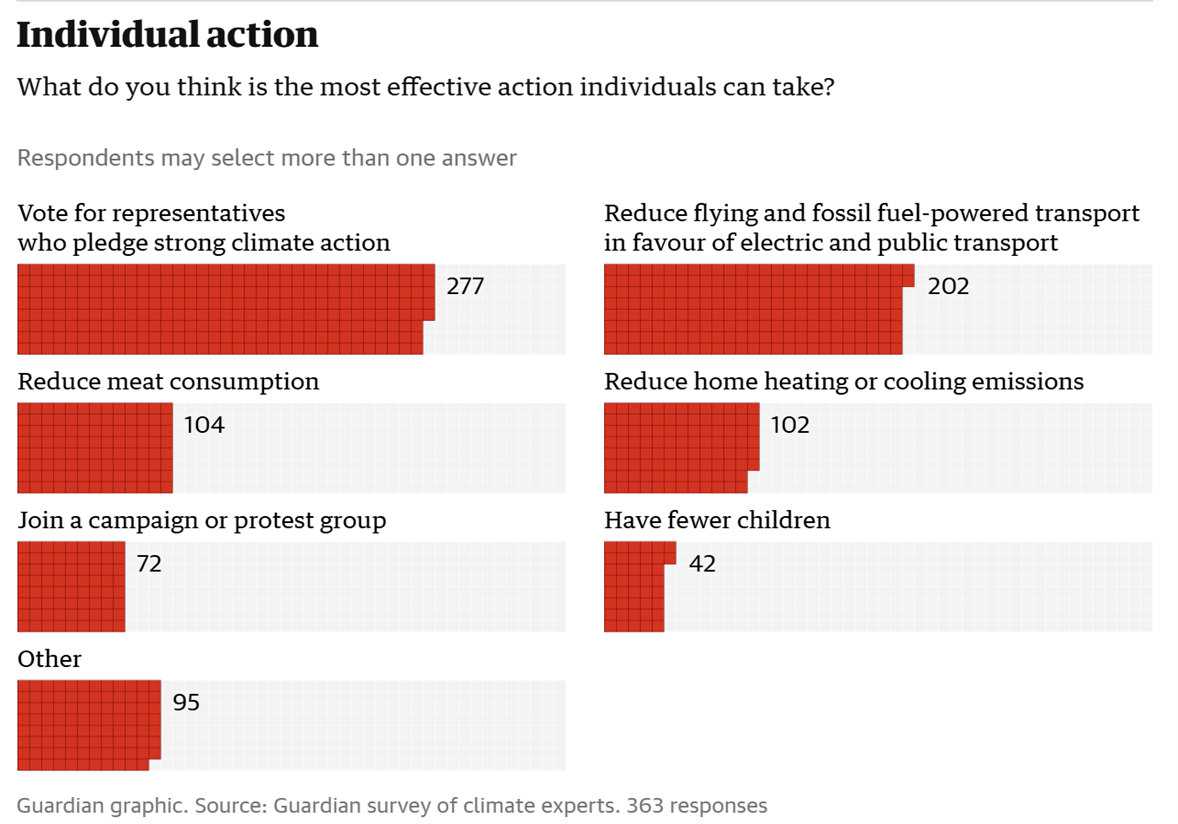
Our travel choices
How we travel, how often and how far have a considerable impact on our personal footprint. Indeed, transport is the biggest contributor to the average UK carbon footprint, accounting for just under 30%. Over two thirds of us travel regularly in petrol or diesel cars and most of us will fly at least once per year. Things we can do to reduce our impact from travel are:
• Use public transport, cycle, or walk instead of driving – (there are cost savings and health benefits from walking or cycling too)
• Car share – reduce the number of single person trips by car
• Switch to an electric vehicle when you next change your car
• Fly less often - opt for local holidays or using ferry/trains for longer domestic journeys.
Even one fewer flight to Europe per year could save around 200kg from your emissions.
The food we eat
Meat products have a much higher impact on the environment than plant-based foods, so reducing your meat intake is a relatively simple way to cut your footprint. More than 80% of the world’s farmland is used for livestock, including grazing and feed crops, but it only produces 18% of the world's calories. Producing 1 kg of beef requires more than 15,000 litres of water, whereas the same amount of vegetables requires just over 300 litres. Switching to a totally vegan diet could save around 1 tonne per person per year, but it that’s too big a step, making smaller changes such as these can have a positive impact:
• Choose seasonal, locally sourced, and organic foods wherever possible to reduce food miles and pesticide use
• Reduce meat and dairy consumption – think about going meat-free at least once a week
• Cut down on food waste – this can also help save money
You may also be interested in the experiment carried out by the BBC to look at the carbon impact of an omnivorous diet vs vegetarian vs vegan – some interesting facts in here!
Our homes
How we heat and power our homes can account for around 12% of our carbon emissions, so what can we do to reduce our impact? The highest impact actions such as switching to a heat pump (saving around 1.5 tonnes per year) or installing solar panels (about a tonne per year), can be costly, but here are some other options:
• Insulating your home to reduce draughts and make it more energy efficient should always be your first step – roofs and walls should be the priority
• Turning off lights when not in use, unplugging devices, only heating rooms that are in use and lowering your thermostat by one degree will save you money and reduce your impact
• Switch your light bulbs to LEDs, which, although more expensive to buy, use up to 90% less energy and last longer
• When purchasing new appliances, invest in those with a higher energy-efficiency rating
• Use smart meters to monitor and reduce energy consumption
Clothes and fashion
The fashion industry is responsible for approximately 8-10% of global carbon emissions. This is more than all international flights and maritime shipping combined. Here in the UK, our ‘addiction’ to fast fashion is particularly damaging, with the average consumer buying 60% more clothing today than they did 15 years ago but keeping items for half as long.
It can be tempting to buy a new outfit for every occasion, but we do need to be aware of the cost to both people and planet from our increasingly ‘throwaway’ attitude to clothing. If you actually stop to think about it – when you buy a t-shirt for £5, how much do you think the garment worker who sewed that item has been paid for their role in getting it to the retailer? Many of the 60 million people who work in the garment industry worldwide are paid low wages and work in unsafe conditions. This is one of the reasons why there is a particular focus on greenwashing in the fashion sector, as many fast fashion brands make sustainability claims that don’t stand up to scrutiny.
The other big issue is waste – globally the fashion industry produces around 92 million tonnes of textile waste annually, the majority of which ends up in landfills where it can take up to 200 years for some synthetic fibres to fully decompose. Thankfully the ‘pre-loved’ clothing market has been gaining in popularity in recent years, but aside from buying second hand, what else can you do to make your wardrobe more sustainable?
• Opting for a capsule wardrobe, where a number of outfits are built around a few carefully selected items of clothing, can reduce clutter and waste and make you more ‘mindful’ about your clothes
• Embrace ‘slow’ fashion by choosing quality over quantity for clothes that will last longer and are produced more ethically, using fair labour and sustainable materials
• Look for certifications like Fair Trade, GOTS (Global Organic Textile Standard), or the B Corp label on clothing
• Organize or participate in a clothes-swap, where you can exchange items you no longer wear for new-to-you pieces
Personal care and health
As women, we use (unavoidable) personal care products like tampons or panty liners that have a significant environmental impact in their production and disposal. It is estimated to take around 1,500 litres of water to produce the cotton for just one pack of tampons and globally, around 45 billion menstrual products are disposed of each year.
Finally, if you’re anything like me, you’ll be a bit of a junkie when it comes to toiletries and cosmetics and many of these products can use harmful chemicals, huge amounts of water to produce and they’re often packaged in ‘difficult to recycle’ plastic. Consumerism taps into our insecurities to tempt us into buying products we don’t need to tackle problems we don’t actually have and the end result is often waste and even lower self-esteem when we realise that eternal youth is NOT going to be delivered! So what changes can we make in this aspect of our lives?
• Buy less! Do we honestly need six different face creams and four different shower gels (I’m an offender here I admit!)
• Choose products free from harmful chemicals, cruelty-free, and made with natural ingredients – opt for soap or shampoo bars with no plastic packaging
• Look for brands that use sustainable packaging or offer refill options
• For menstrual products, consider reusable options like menstrual cups (which can save an estimated 2,500 sanitary products in a woman's lifetime or more sustainable options such as those provided by heygirls
There’s a lot here and a lot to take in and it can be overwhelming I know. Doing something is always going to be better than doing nothing, so pick one or two things and decide what behaviours you’re prepared to change, because at the heart of all of this is the pressing need for behavioural change. If we each resolve to be more mindful of our impact, we’ll slowly embrace a more sustainable way of living.
To find out how GIRAFFE Associates could help your business, visit www.giraffeassociates.com or contact gillian@giraffeassociates.com
Thursday 22 August 2024




 Contact us
Contact us
 Share on social
Share on social Share with a friend
Share with a friend Facebook
Facebook LinkedIn
LinkedIn
 Twitter
Twitter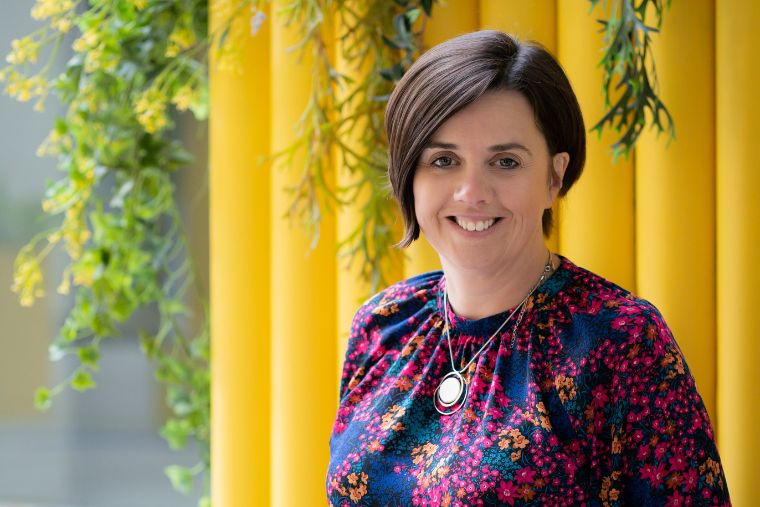






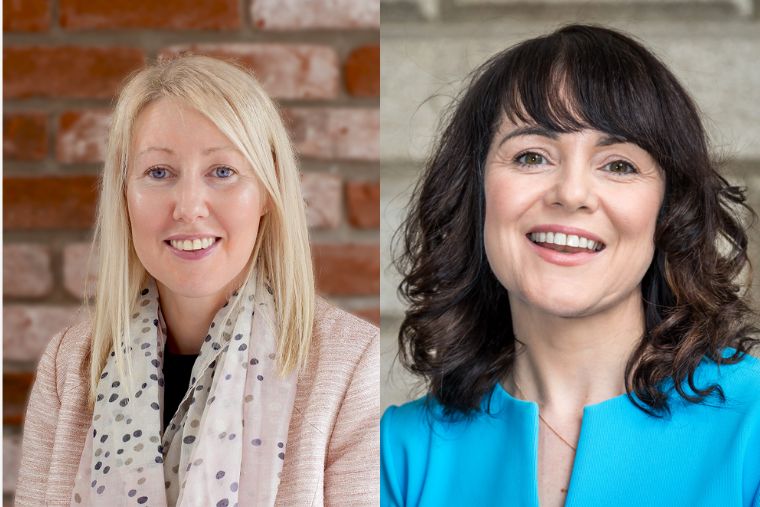






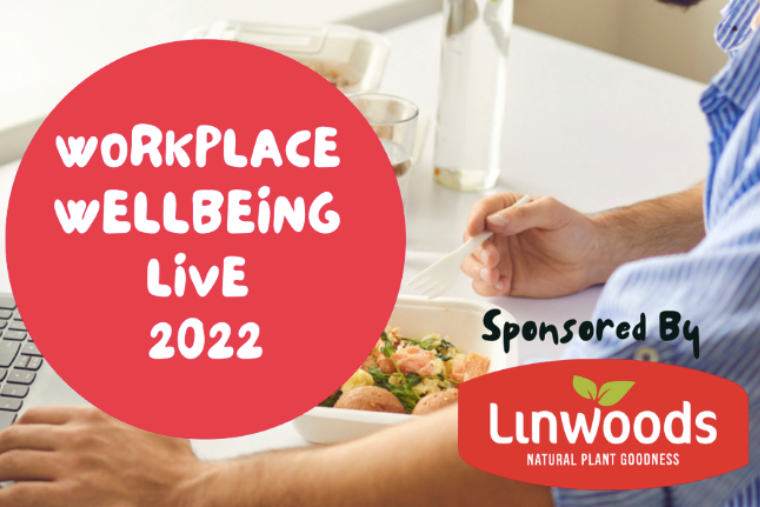

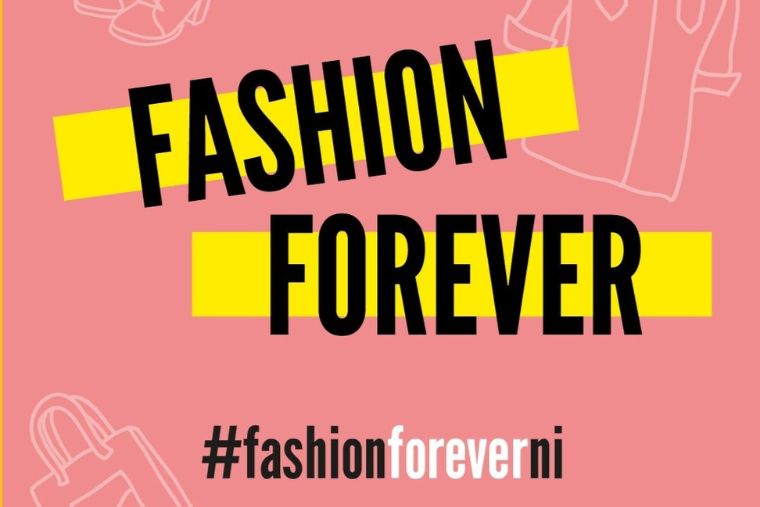
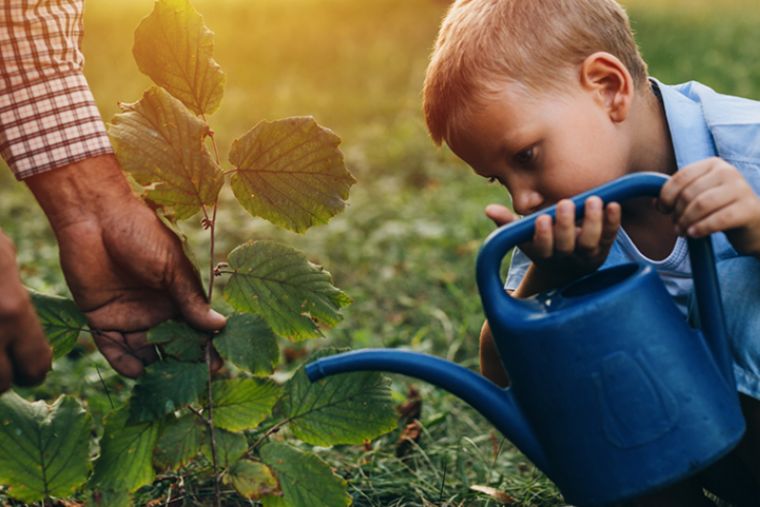


 Get in touch with us
Get in touch with us